Economic Incentives for Recycling
Economic factors play a crucial role in shaping the Waste Paper Recycling Market. Governments and local authorities are increasingly implementing financial incentives to encourage recycling practices. These incentives may include tax breaks, subsidies, or grants for recycling facilities, which can enhance the profitability of waste paper recycling operations. In 2024, the estimated value of the waste paper recycling market was projected to reach USD 55 billion, underscoring the economic viability of recycling initiatives. Such financial motivations not only stimulate market growth but also foster a culture of recycling, as businesses and consumers alike recognize the potential for cost savings and revenue generation through sustainable practices.
Increasing Environmental Awareness
The rising consciousness regarding environmental issues appears to be a pivotal driver for the Waste Paper Recycling Market. As individuals and organizations become more aware of the detrimental effects of waste on ecosystems, there is a growing inclination towards sustainable practices. This shift in mindset is reflected in the increasing demand for recycled products, which are perceived as more environmentally friendly. In 2023, the recycling rate for paper and paperboard reached approximately 66.8%, indicating a robust commitment to recycling initiatives. This trend suggests that as awareness continues to grow, the Waste Paper Recycling Market may experience further expansion, driven by consumer preferences for eco-friendly alternatives.
Technological Innovations in Recycling
Technological advancements are transforming the Waste Paper Recycling Market, enhancing efficiency and effectiveness in recycling processes. Innovations such as automated sorting systems and advanced pulping technologies are streamlining operations, reducing costs, and improving the quality of recycled paper products. In 2025, it is anticipated that the adoption of these technologies will lead to a 20% increase in recycling efficiency compared to previous years. This progress suggests that as technology continues to evolve, the Waste Paper Recycling Market may witness significant growth, driven by improved operational capabilities and the ability to meet rising consumer demand for high-quality recycled materials.
Rising Demand for Recycled Paper Products
The escalating demand for recycled paper products is a significant driver for the Waste Paper Recycling Market. As consumers and businesses increasingly prioritize sustainability, the market for recycled paper continues to expand. In 2025, the demand for recycled paper is projected to grow by 15%, driven by sectors such as packaging, printing, and stationery. This trend indicates a shift in consumer preferences towards products that minimize environmental impact. Consequently, the Waste Paper Recycling Market is likely to benefit from this rising demand, as manufacturers seek to source more recycled materials to meet consumer expectations and regulatory requirements.
Regulatory Frameworks Supporting Recycling
The establishment of robust regulatory frameworks is a key driver for the Waste Paper Recycling Market. Governments worldwide are enacting policies aimed at promoting recycling and reducing landfill waste. These regulations often mandate recycling targets and provide guidelines for waste management practices. For instance, in 2025, several countries are expected to implement stricter recycling mandates, which could lead to a substantial increase in the volume of waste paper collected for recycling. Such regulatory support not only encourages compliance among businesses but also fosters a more sustainable approach to waste management, thereby propelling the growth of the Waste Paper Recycling Market.


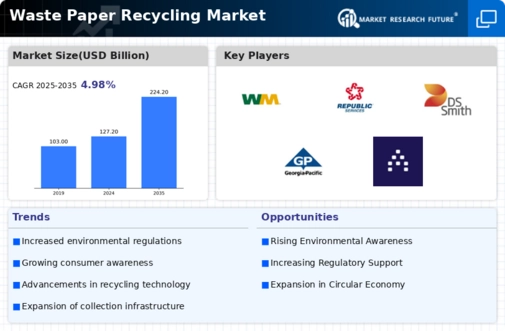
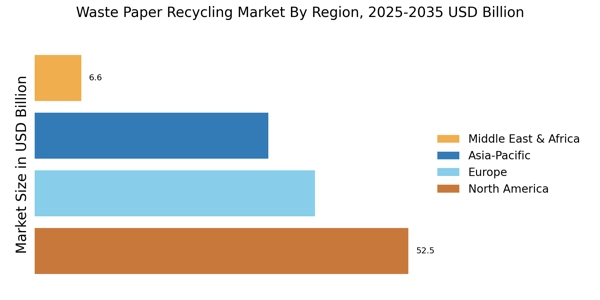

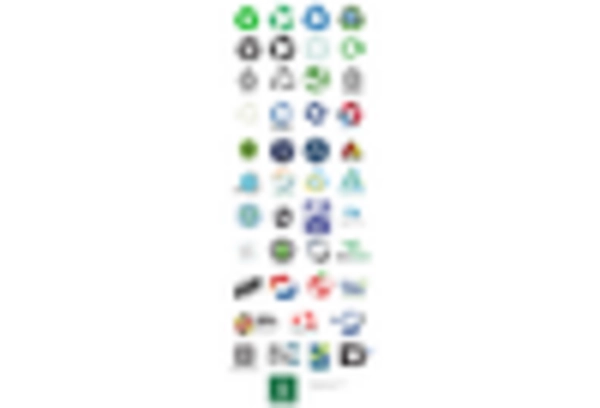


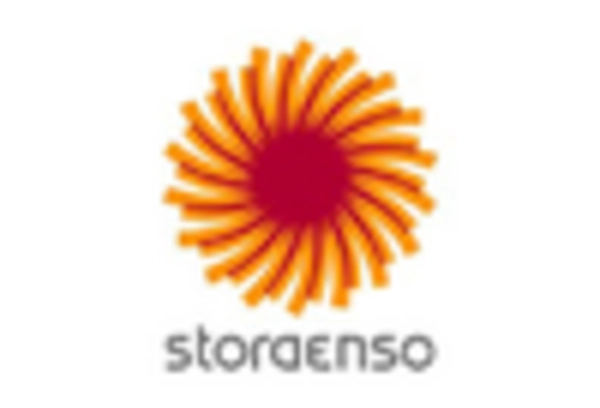
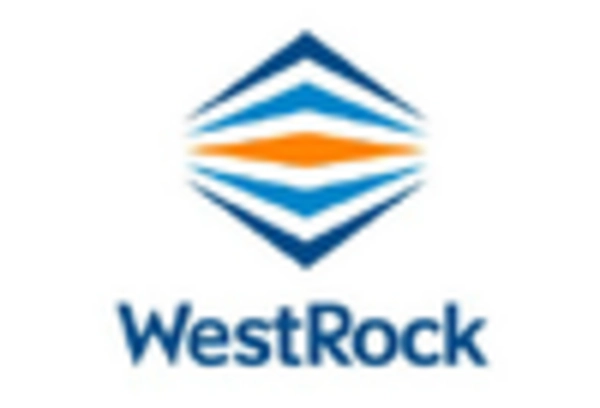








Leave a Comment